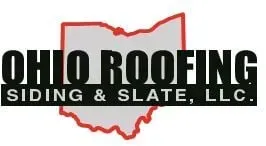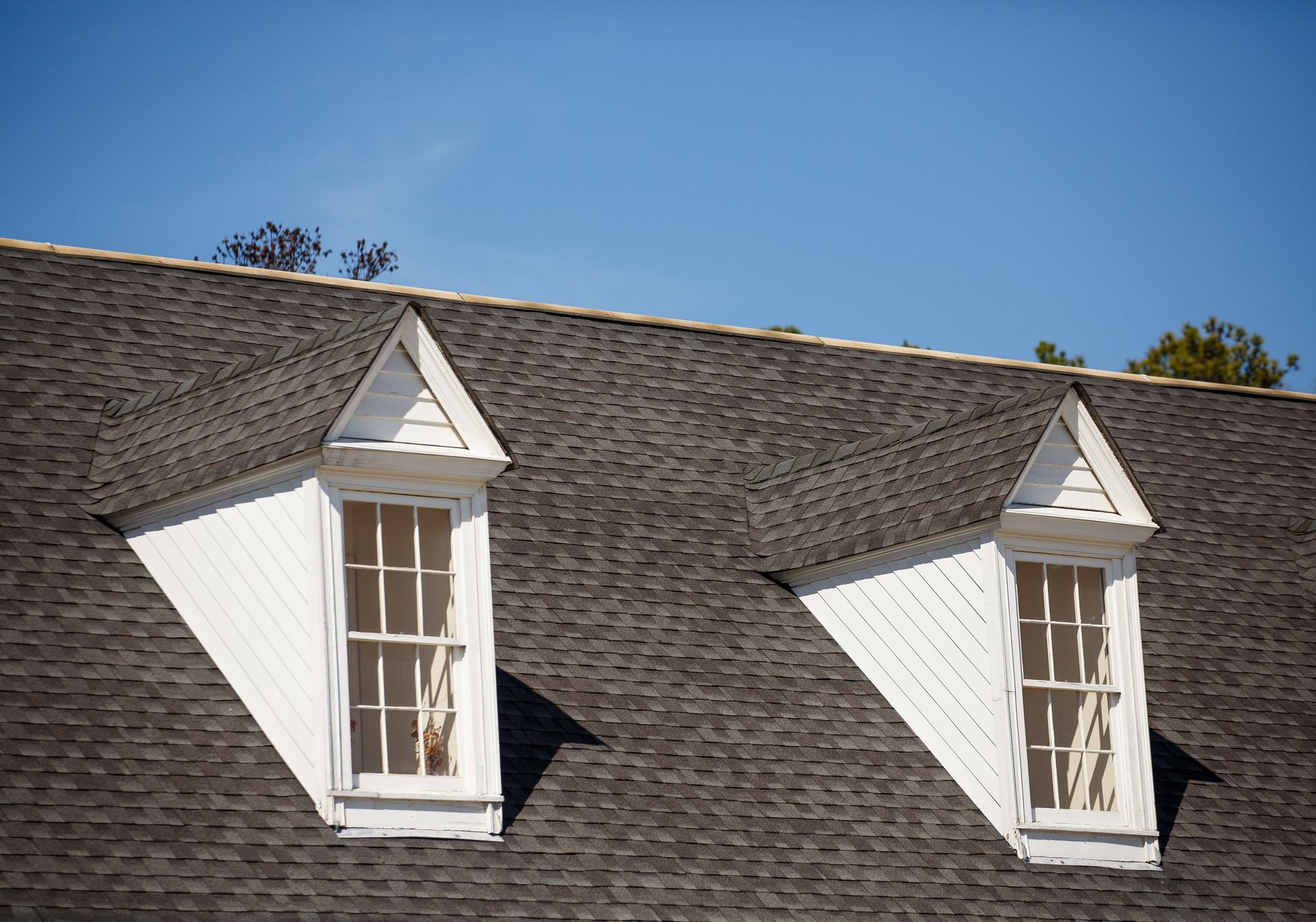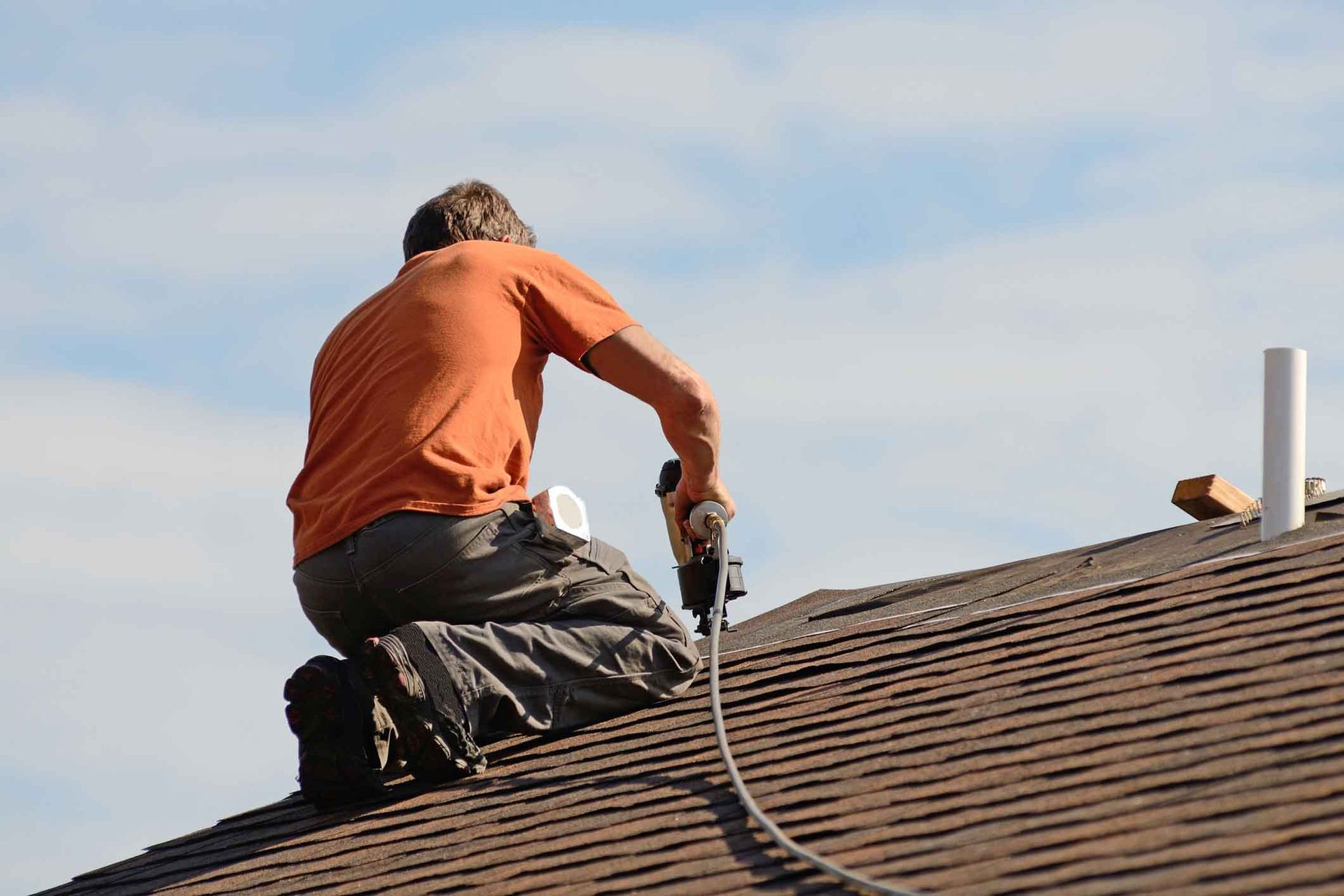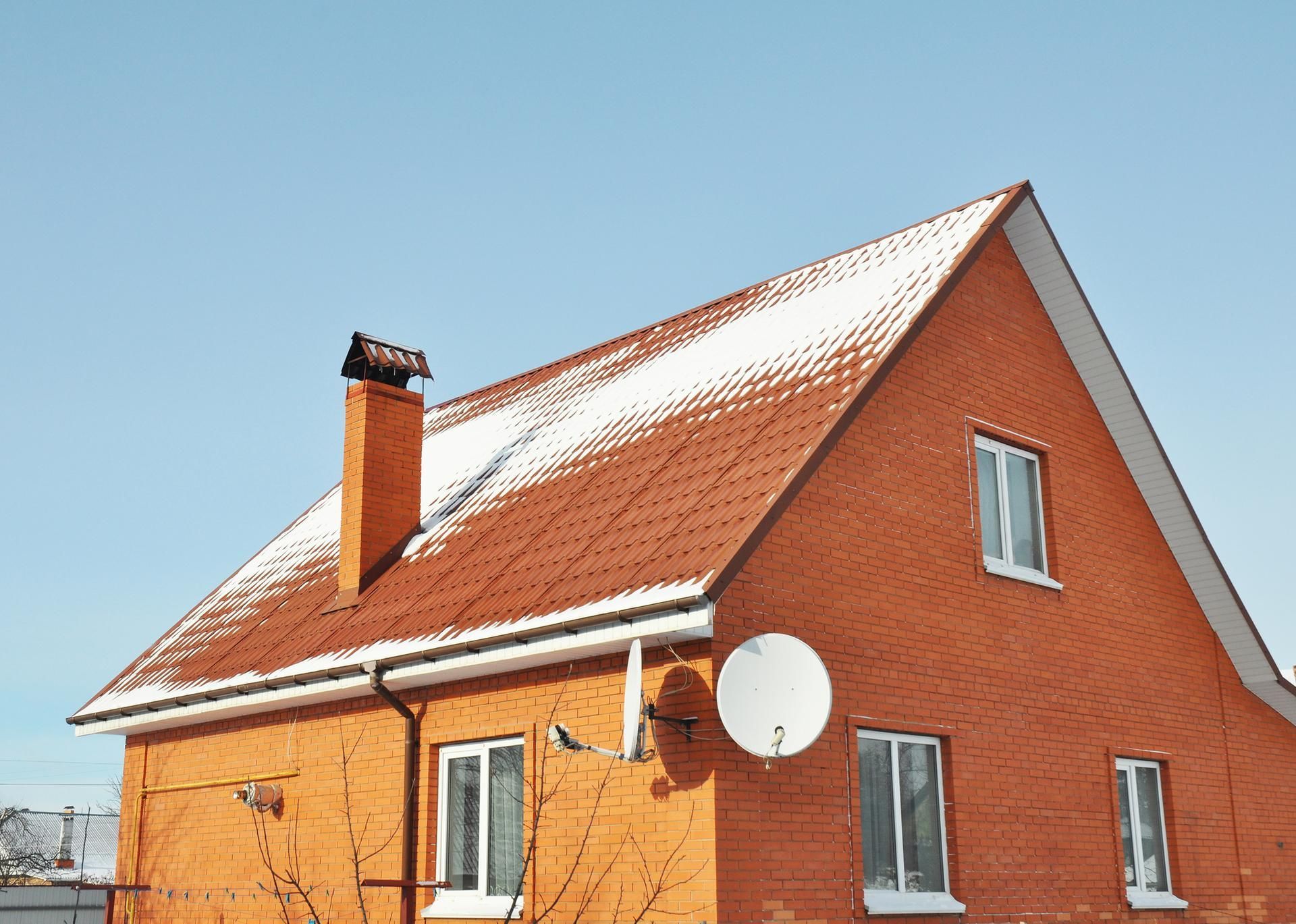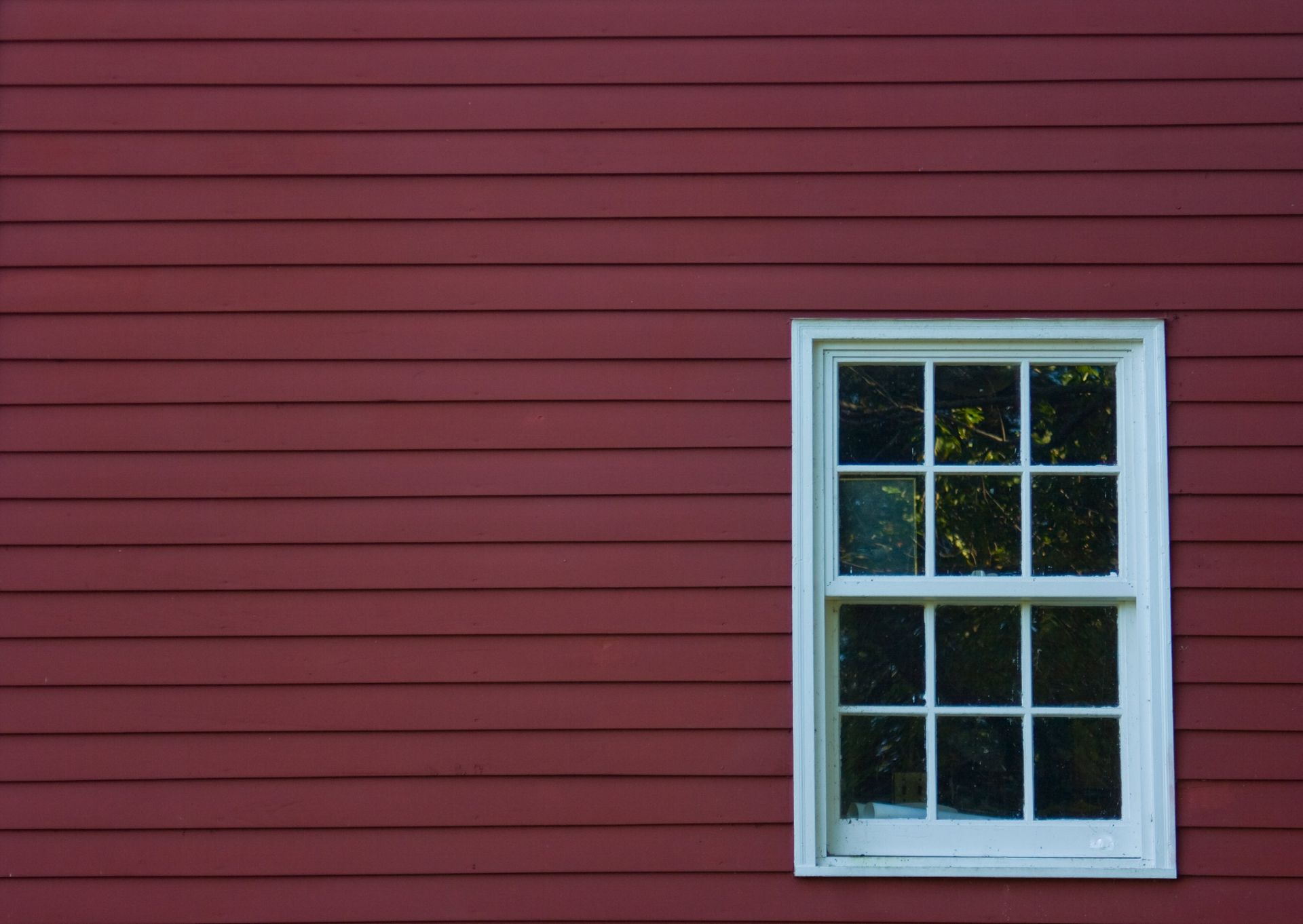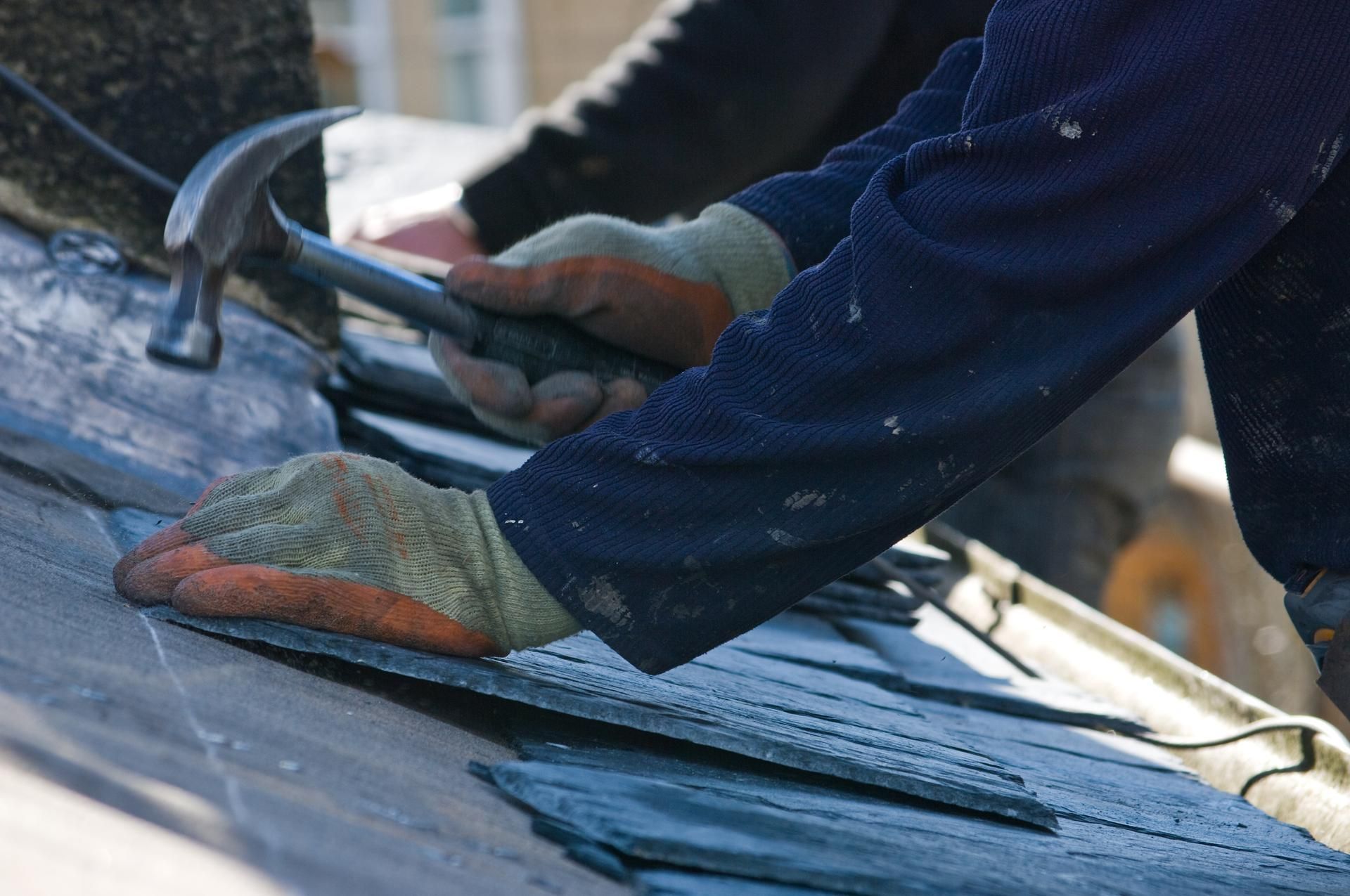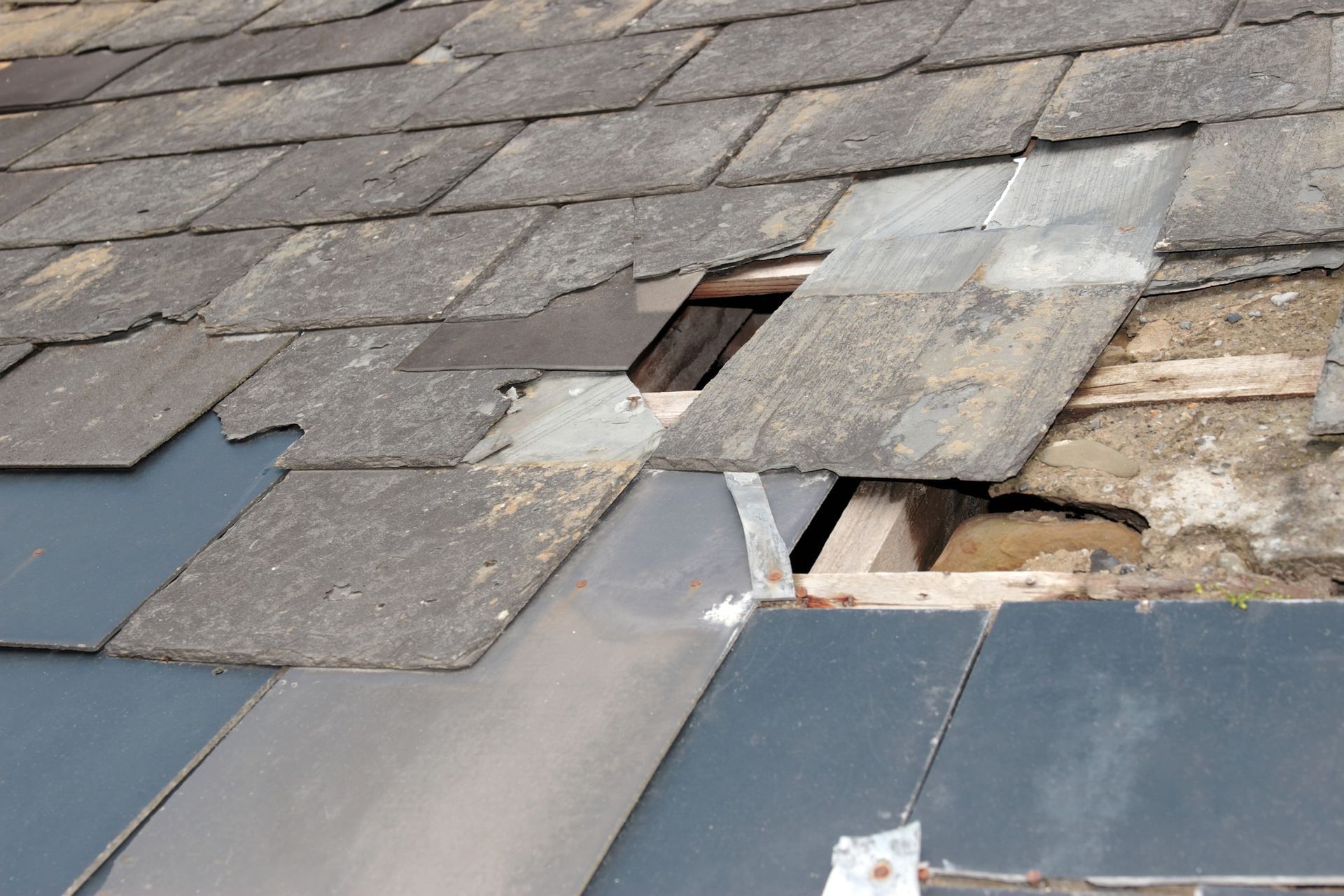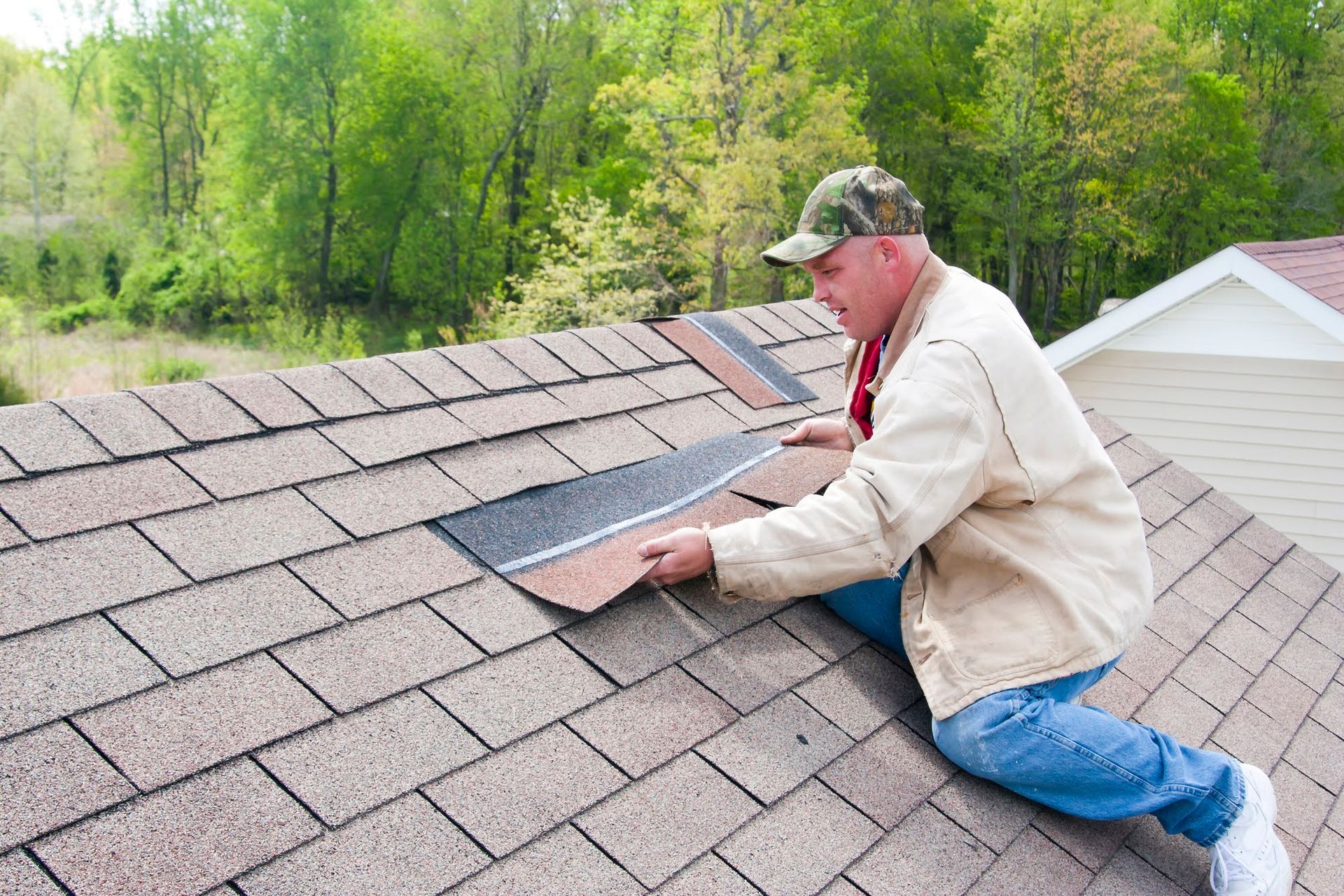7 Benefits of Vinyl Siding
Contractors have used vinyl siding since the 1950s to protect homes from the elements. Since then, vinyl siding has become a top choice for homeowners looking for a versatile way to clad their houses. Explore the benefits of vinyl siding below.
1. Enhanced Curb Appeal
Vinyl siding complements any architectural design, as it is available in a wide array of styles and bolder colors. The siding suits rank-style houses, Colonial-style homes, quaint bungalows, coastal properties, and other architectural styles.
Popular colors include mocha, marigold, red, forest green, beige, and yellow. Pair colorful siding with white trim for an appealing contrast, or stick to neural siding for a toned-down, classic look. Vinyl siding also mimics the aesthetic of slate, brick, or real wood without the high price tag.
Siding contractors install vinyl siding horizontally or vertically, depending on your design preferences. For the latter, your contractor cuts the vinyl into rectangular or square pieces that resemble shingles. When used as shingles, vinyl siding fits any awkward architecture. Alternatively, the technician can cut the vinyl into long planks and mount them lengthwise across your house.
2. Doesn't Need Painting
You don't have to paint vinyl because manufacturers bake the colors into the panels during production, and the color on top of the planks runs all the way through. So, vinyl won't lose its color via chipping or scratching, so you don't have to worry about periodic exterior painting.
3. Affordability
Vinyl is one of the least expensive materials for siding, costing you between $1 and $8 per square foot. The installation costs for vinyl siding depend on material quality, labor costs, home size, and location.
While aluminum siding can be less expensive than vinyl in some areas, it is vulnerable to denting and warping, making vinyl siding the cost-effective option in the long run. Vinyl siding is also less expensive than steel, stone, wood, and brick and gives you excellent protection on a budget.
4. Low Maintenance
If you have had wood or brick siding before, you know how much maintenance is necessary to counter the effects of insect and weather damage. Luckily, vinyl siding is the perfect low-maintenance option because it doesn't require regular recoating, scraping, or repainting.
If you see cobwebs, mud, and debris on your vinyl planks, use your garden hose and mild soap for a quick clean. The material has a slick surface that makes it easy for dirt to come off. Before you use a pressure washer, check your manufacturer's instructions to avoid damaging the siding.
5. Durability
Siding is a considerable investment, and you want a long-lasting material that doesn't need frequent repairs. Vinyl fits this bill since it withstands wild wind gusts, hailstorms, and other extreme elements. Additionally, the material is insect-proof and rot-resistant.
If a rock or other object pierces vinyl, a siding contractor easily replaces the cracked panel. Your vinyl siding can last up to 30 years with proper care.
6. Easy to Install
Vinyl planks are lightweight and usually come in sections that contractors nail in place. Vinyl siding is easier to install than wood and aluminum, resulting in low labor costs.
However, leave vinyl siding installation to the professionals because its effectiveness depends on the installation quality. If poorly installed, vinyl cracks or expands with time, leading to more expensive repair costs. The faulty installation also voids the warranty on vinyl siding products.
7. Energy Efficiency
Vinyl siding is airtight and an excellent insulator, preventing cool air and heat from escaping the house. In turn, the HVAC system works less to heat or cool your home and lasts longer. Ask your contractor about insulated vinyl siding to reduce your utility costs and stay comfortable all year round.
If you need siding installation or repair, contact us at Ohio Roofing Siding & Slate, LLC., to discuss your options.
